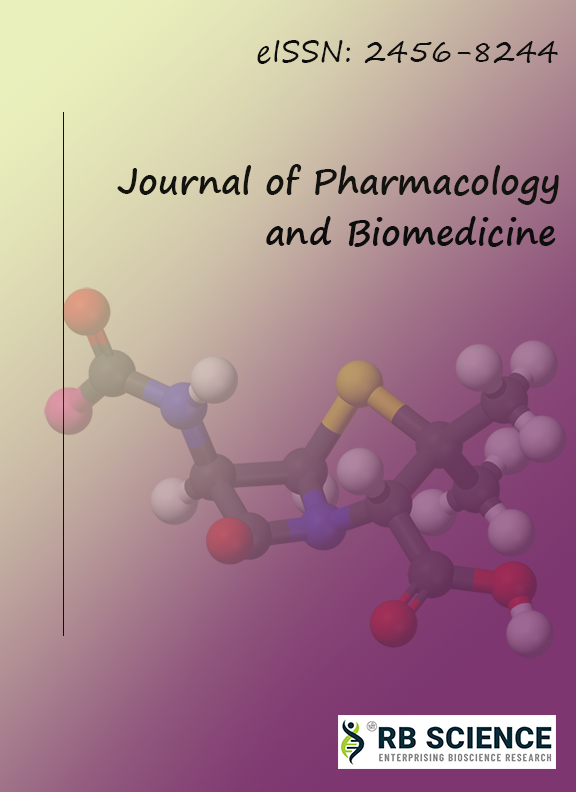Psychedelics have emerged as transformative agents in the realm of neuropsychiatry, offering unprecedented therapeutic potential for mental health conditions once considered refractory to conven- tional treatments. Compounds such as psilocybin, LSD, and MDMA interact with serotonin receptors to modulate neural plas- ticity, network connectivity, and emotional processing, resulting in profound alterations in consciousness and perception. These mechanisms underpin their efficacy in addressing disorders like depression, anxiety, PTSD, and substance use disorders, as demonstrated by a growing body of clinical evidence. This review delves into the neurobiological foundations of psychedelics, em- phasizing their ability to foster adaptive rewiring of neural circuits and enhance introspective insights. Beyond their therapeutic ap- plications, psychedelics challenge traditional paradigms by bridg- ing the divide between pharmacology and experiential healing, of- fering a holistic approach to mental well-being. While the thera- peutic promise is immense, psychedelics also raise critical ques- tions regarding safety, regulatory frameworks, and the need for carefully structured therapeutic settings. This article synthesizes the latest advancements in psychedelic research, highlights ongo- ing challenges, and explores the future directions of this rapidly evolving field, ultimately positioning psychedelics as a revolution- ary frontier in neuropsychiatry and personalized medicine.

NAMES:
ONLINE ISSN:2456-8244
Keywords: Psychedelics, Neuropsychiatry, Serotonin receptors, Neural plasticity, Personalized medicine, PTSD
DOI:
Barnett BS, Siu WO, & Pope HG. Jr. A comprehensive review of the effects of psychedelics on cognition. Journal of Psychoactive Drugs 2018; 50(3): 1–11.
Bonson KR, & Murphy DL. Alterations in the function of 5-HT2A receptors after chronic administration of serotonergic hallucinogens. Neuropsychopharmacology 1995; 13(1): 65–85.
Brierley DI, Davidson C. Developments in harmine pharmacology—implications for ayahuasca use and drug-dependence treatment. Prog Neuropsychopharmacol Biol Psychiatry. 2012; 39(2): 263-272.
Carhart-Harris RL, & Friston KJ. REBUS and the Anarchic Brain: Toward a Unified Model of the Brain Action of Psychedelics. Pharmacological Reviews 2019; 71(3), 316–344.
Carhart-Harris RL, et al. Psilocybin with psychological support for treatment-resistant depression: six-month follow-up. Psychopharmacology 2018; 235(2): 399–408.
Carhart-Harris RL, Goodwin GM. The Therapeutic Potential of Psychedelic Drugs: Past, Present, and Future. Neuropsychopharmacology. 2017; 42(11): 2105-2113.
Carhart-Harris RL, Goodwin GM. The Therapeutic Potential of Psychedelic Drugs: Past, Present, and Future. Neuropsychopharmacology. 2017; 42(11): 2105-2113.
Carhart-Harris RL, Goodwin GM. The therapeutic potential of psychedelic drugs: Past, present, and future. Neuropsychopharmacology. 2017; 42(11): 2105-2113.
European Monitoring Centre for Drugs and Drug Addiction (EMCDDA). European Drug Report 2023: Trends and Developments. Luxembourg: Publications Office of the European Union; 2023.
Forstmann M, & Sagioglou C. Lifetime experiences with classic psychedelics predict proenvironmental behavior through an increase in nature relatedness. Journal of Psychopharmacology 2017; 31(8): 975–988.
Griffiths RR, et al. Psilocybin can occasion mystical-type experiences having substantial and sustained personal meaning and spiritual significance. Psychopharmacology 2006; 187(3): 268–283.
Griffiths RR, et al. Psilocybin occasioned mystical-type experiences: Immediate and persisting dose-related effects. Psychopharmacology 2011; 218(4): 649–665.
Halberstadt AL, Geyer MA. Serotonergic hallucinogens as translational models relevant to schizophrenia. Int J Neuropsychopharmacol. 2013; 16(10): 2165-2180.
Halberstadt AL, Geyer MA. Serotonergic hallucinogens as translational models relevant to schizophrenia. Int Neuropsychopharmacol. 2011; 14(6): 720-731.
Halberstadt AL. Recent advances in the neuropsychopharmacology of serotonergic hallucinogens. Behavioural Brain Research 2015; 277: 99–120.
Halpern JH, Pope HG Jr. Hallucinogen persisting perception disorder: what do we know after 50 years? Drug Alcohol Depend. 2003; 69(2): 109-119.
Halpern JH. Hallucinogens and dissociative agents naturally growing in the United States. Pharmacol Ther. 2004; 102(2): 131-138.
Isbell H, Belleville RE, Logan CR, & Wilkerson HL. Studies on lysergic acid diethylamide (LSD-25). AMA Archives of Neurology and Psychiatry 1956; 76(4): 468–478.
Johnson MW, Griffiths RR, Hendricks PS, & Henningfield JE. The abuse potential of medical psilocybin according to the 8 factors of the Controlled Substances Act. Neuropharmacology 2018; 142: 143–166.
Johnson MW, Richards WA, Griffiths RR. Human hallucinogen research: guidelines for safety. J Psychopharmacol. 2008; 22(6): 603-620.
Ly C, et al. Psychedelics promote structural and functional neural plasticity. Cell Reports 2018; 23(11): 3170–3182.
MacLean KA, Leoutsakos JM, Johnson MW, & Griffiths RR. Factor analysis of the Mystical Experience Questionnaire: A study of experiences occasioned by the hallucinogen psilocybin. Journal of Scientific Exploration 2012; 26(3): 358–382.
National Institute on Drug Abuse. Hallucinogens and Dissociative Drugs Research Report. National Institutes of Health; 2015.
National Institute on Drug Abuse. Hallucinogens DrugFacts. National Institutes of Health; 2019.
Nichols DE, Grob CS. Hallucinogens: Neurochemical, Behavioral, and Clinical Perspectives. 3rd ed. Oxford: Oxford University Press; 2021.
Nichols DE. Psychedelics. Pharmacol Rev. 2016; 68(2): 264-355.
Nutt D, et al. Psychedelic therapy for psychiatric disorders: What we know and what we need to know. Neuropharmacology 2020; 142: 41–49.
Pahnke WN. Drugs and mysticism: An analysis of the relationship between psychedelic drugs and the mystical consciousness. Journal of Religion and Health 1966; 5(3): 175–208.
Passie T, Halpern JH, Stichtenoth DO, Emrich HM, Hintzen A. The pharmacology of psilocybin. Addiction Biology. 2002; 7(4): 357-364.
Passie T, Seifert J, Schneider U, Emrich HM. The pharmacology of psilocybin. Addict Biol. 2002; 7(4): 357-364.
Schenberg EE. Psychedelic-assisted psychotherapy: A paradigm shift in psychiatric research and development. Frontiers in Pharmacology 2018; 9: 733.
Schultes RE, Hofmann A. The Botany and Chemistry of Hallucinogens. 2nd ed. Springfield, IL: Charles C. Thomas Publisher; 1980.
Strassman RJ. Human psychopharmacology of N, N-dimethyltryptamine (DMT): A review. Journal of Nervous and Mental Disease 1995; 183(3): 181–192.
Vollenweider FX, Kometer M. The neurobiology of psychedelic drugs: Implications for the treatment of mood disorders. Nat Rev Neurosci.
2010; 11(9): 642-651.